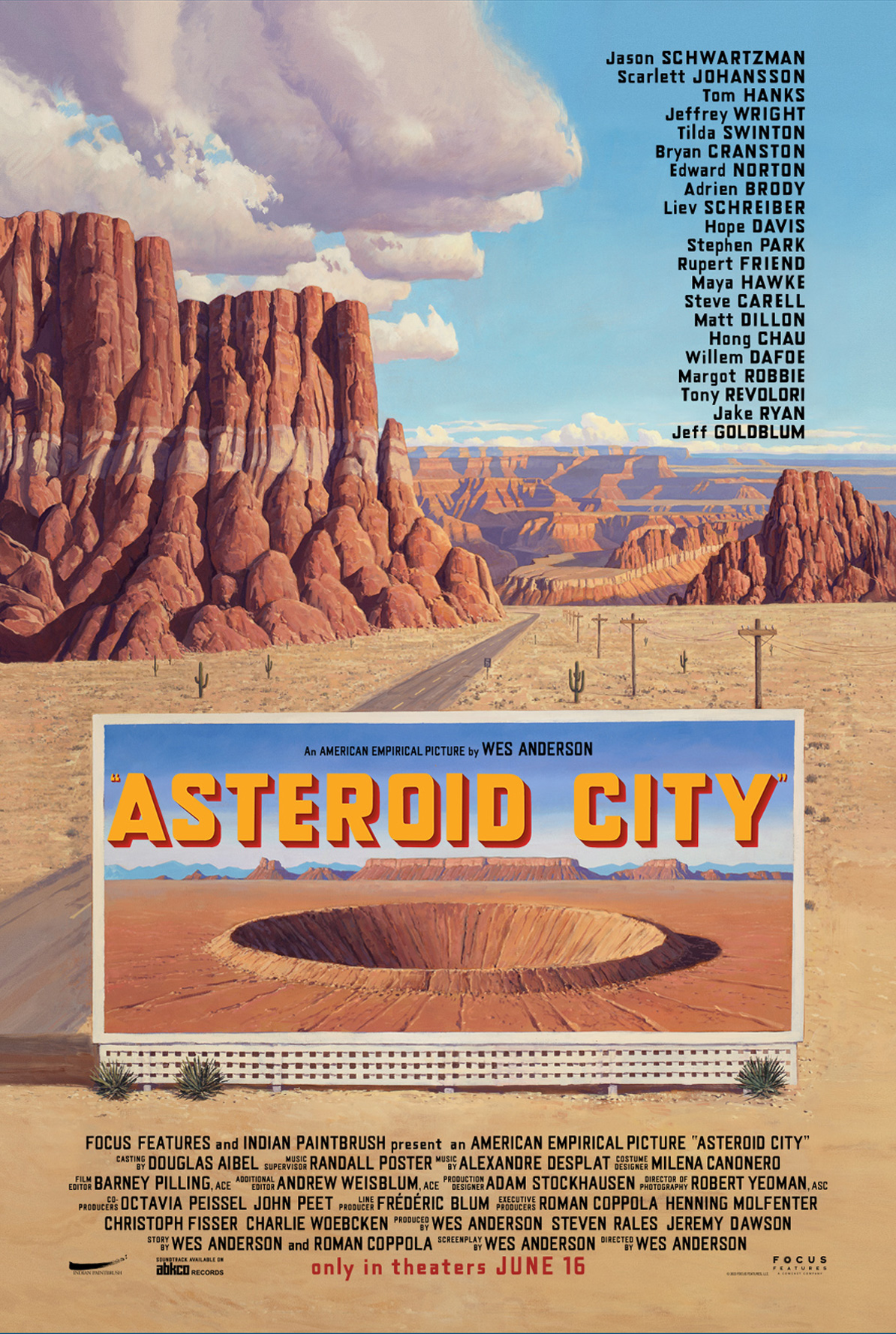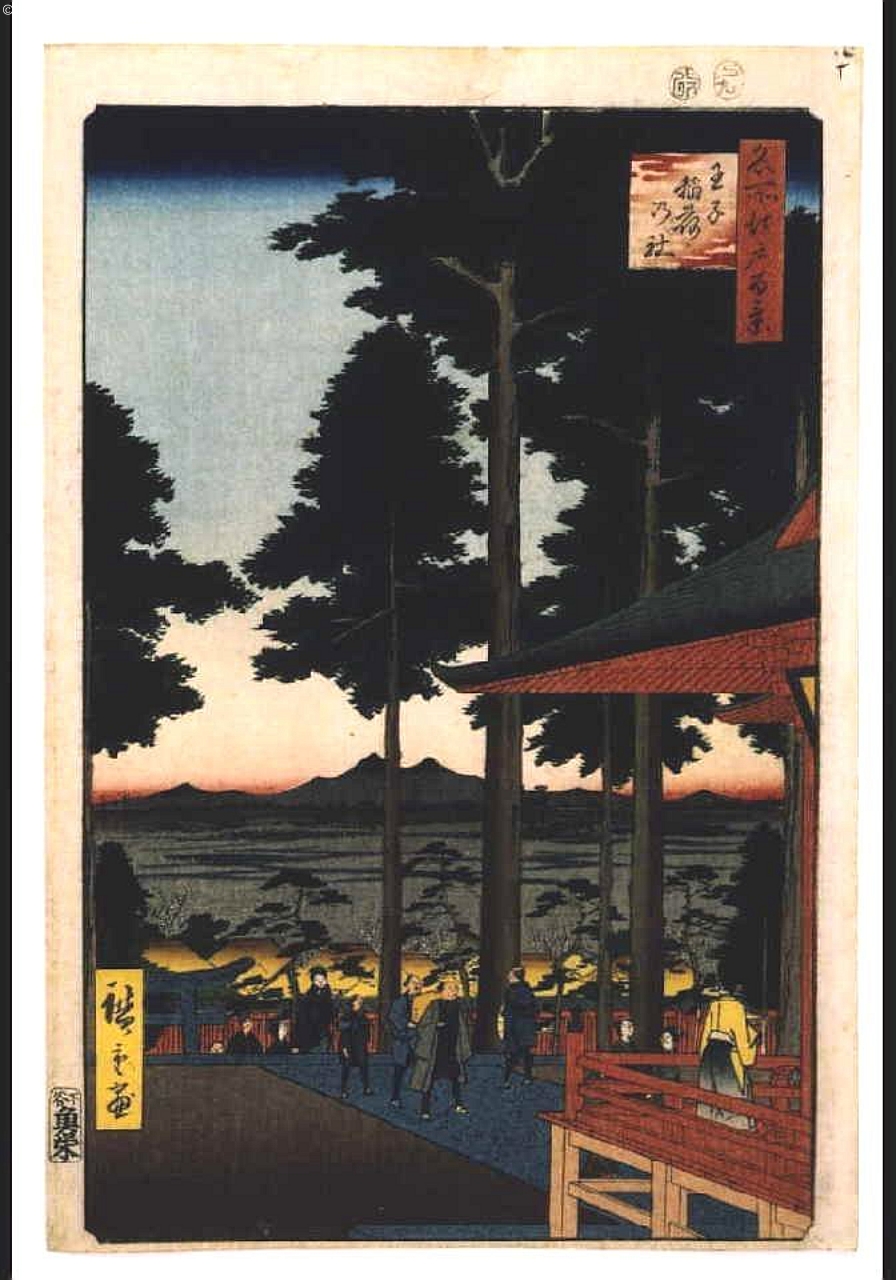It’s easy to see why kumihimo, the ancient Japanese art of silk braiding, is described as a meditative act.
The weaver achieves an intricate design by getting into a rhythmic groove, overlapping hand-dyed silken threads on a circular or rectangle wooden loom, from which up to 50 weighted-wooden bobbins dangle.
If the mind wanders too far from the task, the weaver risks screwing up the pattern or the uniformity of the threads’ tension. The word kumihimo translates to “gathering threads” — one mustn’t let them get snarled by a lack of attention.
While simple braids of tree bark or plant fiber have been found in Japanese burial sites dating back six thousand years, the Golden Age of kumihimo occurred during the Heian period (794‑1185), when exquisitely detailed cords began to be incorporated into the nobility’s garments, decorative furnishings, musical instruments, religious implements, and, most famously, samurai arms and armor.
Anime fans may recall how kumihimo shows up and serves as a major metaphor in Makoto Shinkai’s hit animated feature, Your Name - the braided cords representing the threads of time and the strength of the lovers’ bond.
Kumihimo is still in use today in jewelry and decorative souvenirs, and fastening obi to formal kimono, though 95% of obijime are now machine-made.
There are plenty of online tutorials for novices interested in making simple kumihimo friendship bracelets on a lightweight foam disk, but to appreciate the beauty inherent in every step of traditional kumihimo creation, watch Japan House’s above video, released in celebration of their recent exhibit, KUMIHIMO: The Art of Japanese Silk Braiding by DOMYO.
ASMR fans, prepare to be riveted by the sounds of the silken threads being swished through a dye bath, the gentle clack tama bobbins, and the tapping of the bamboo hera as it snugs the threads of the growing braid suspended from the rectangular stand, or takadai.
The circular loom, or marudai, seen later in the video produces a rounded cord via a central hole, an engineering feat that takes us back to our childhood passion for finger knitting.
Japan House reports that the industrial sector has taken inspiration from kumihimo for braiding carbon fiber and fiber-reinforced plastic:
The continuity of the kumihimo braid structure as well as the variability of the fiber orientation angle and the rigidity of the braids help produce extremely strong cords that can be used in products as diverse as aircraft, golf clubs, and artificial limbs.
Meanwhile several schools in Japan are keeping kumihimo alive as a traditional art, as is the American Kumihimo Society, in the West.
via Colossal
Related Content
20 Mesmerizing Videos of Japanese Artisans Creating Traditional Handicrafts
– Ayun Halliday is the Chief Primatologist of the East Village Inky zine and author, most recently, of Creative, Not Famous: The Small Potato Manifesto and Creative, Not Famous Activity Book. Follow her @AyunHalliday.







